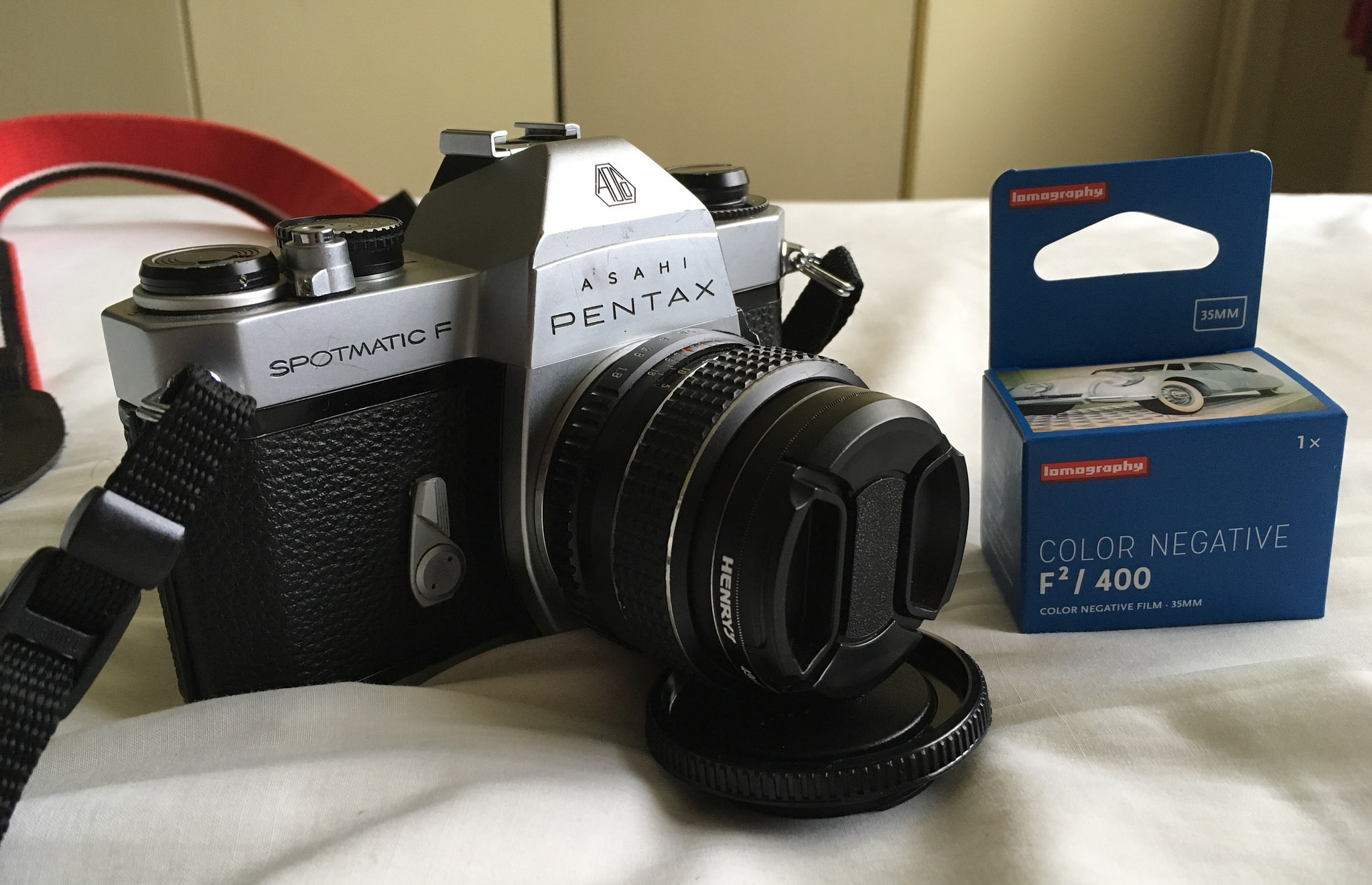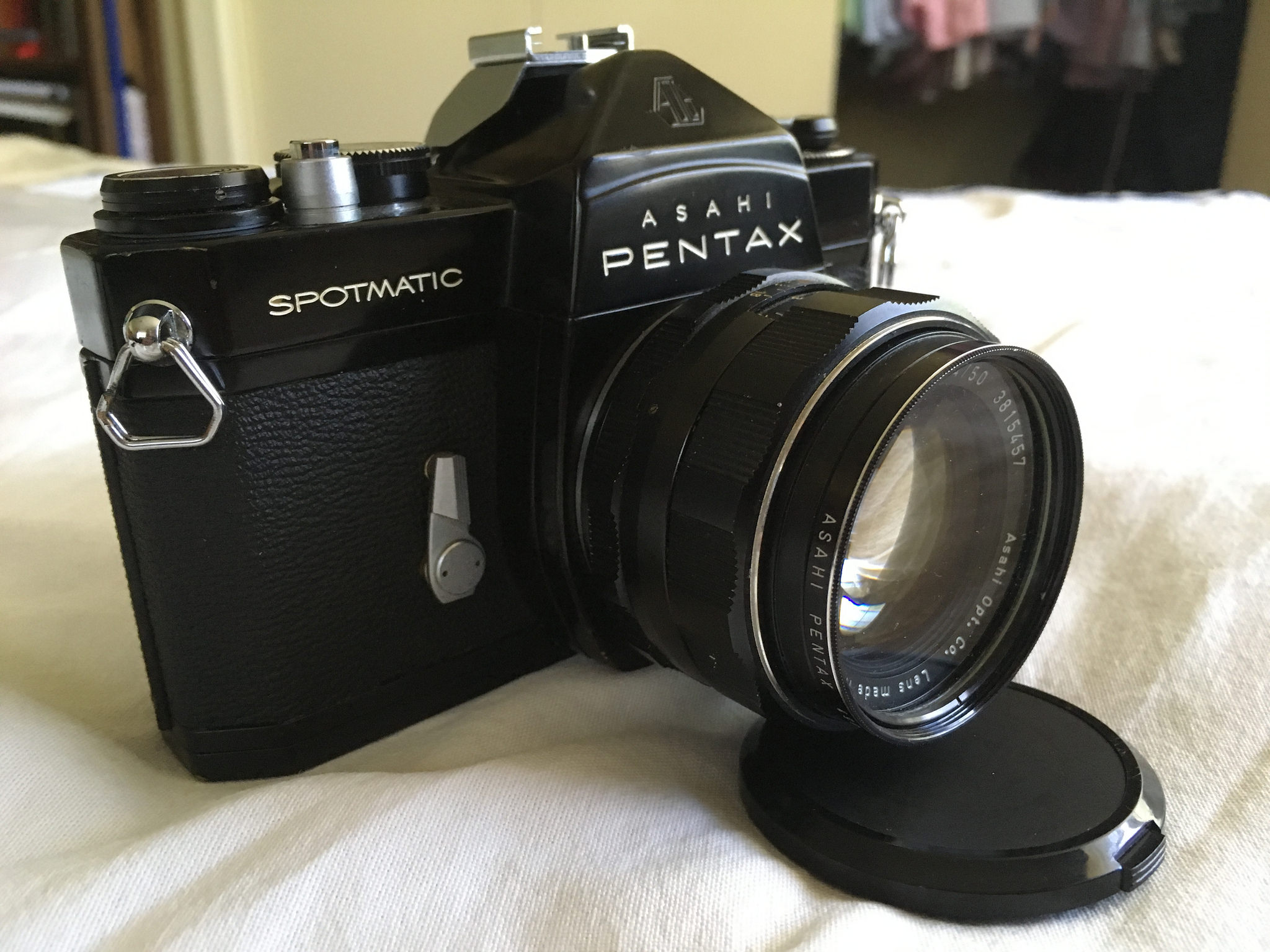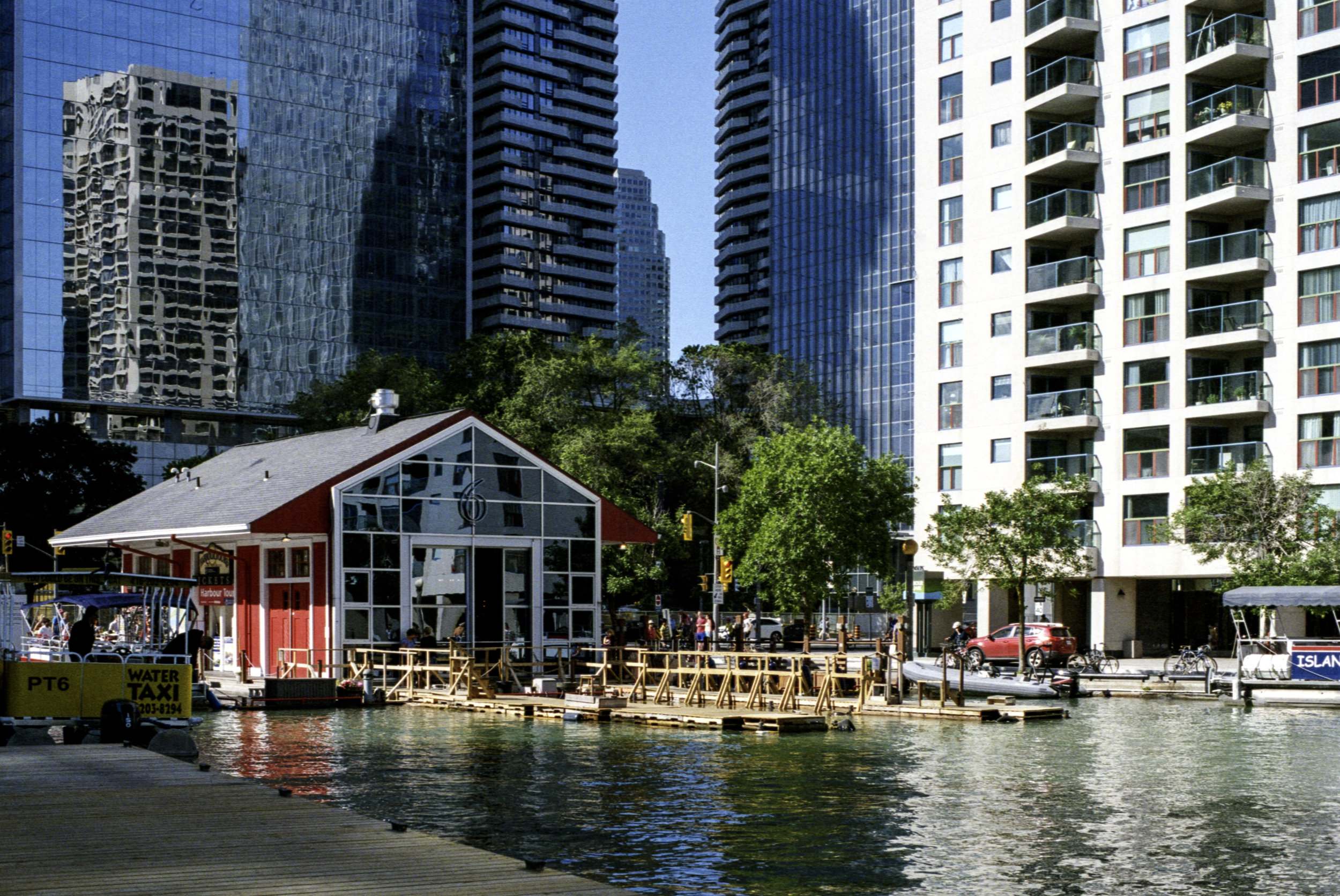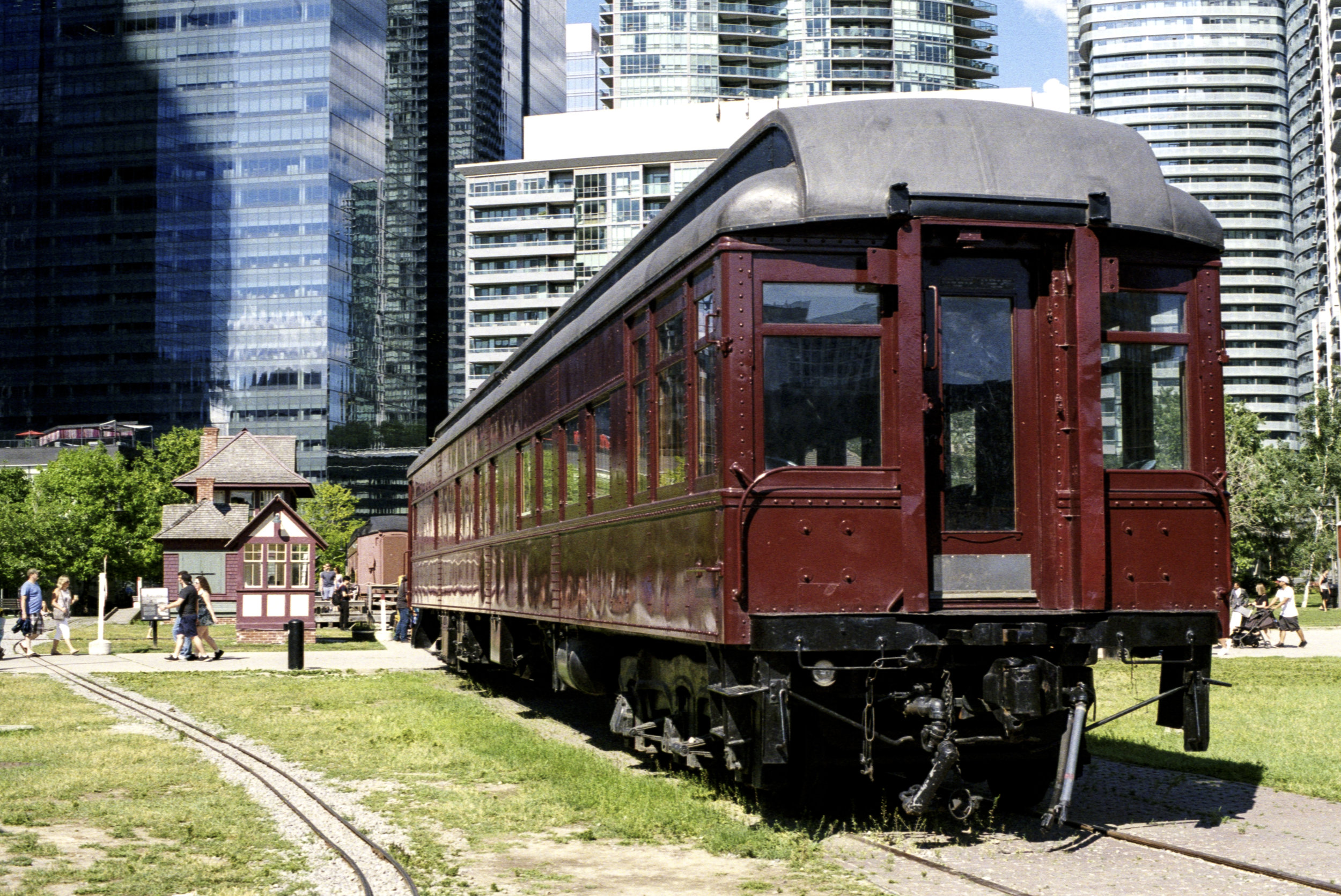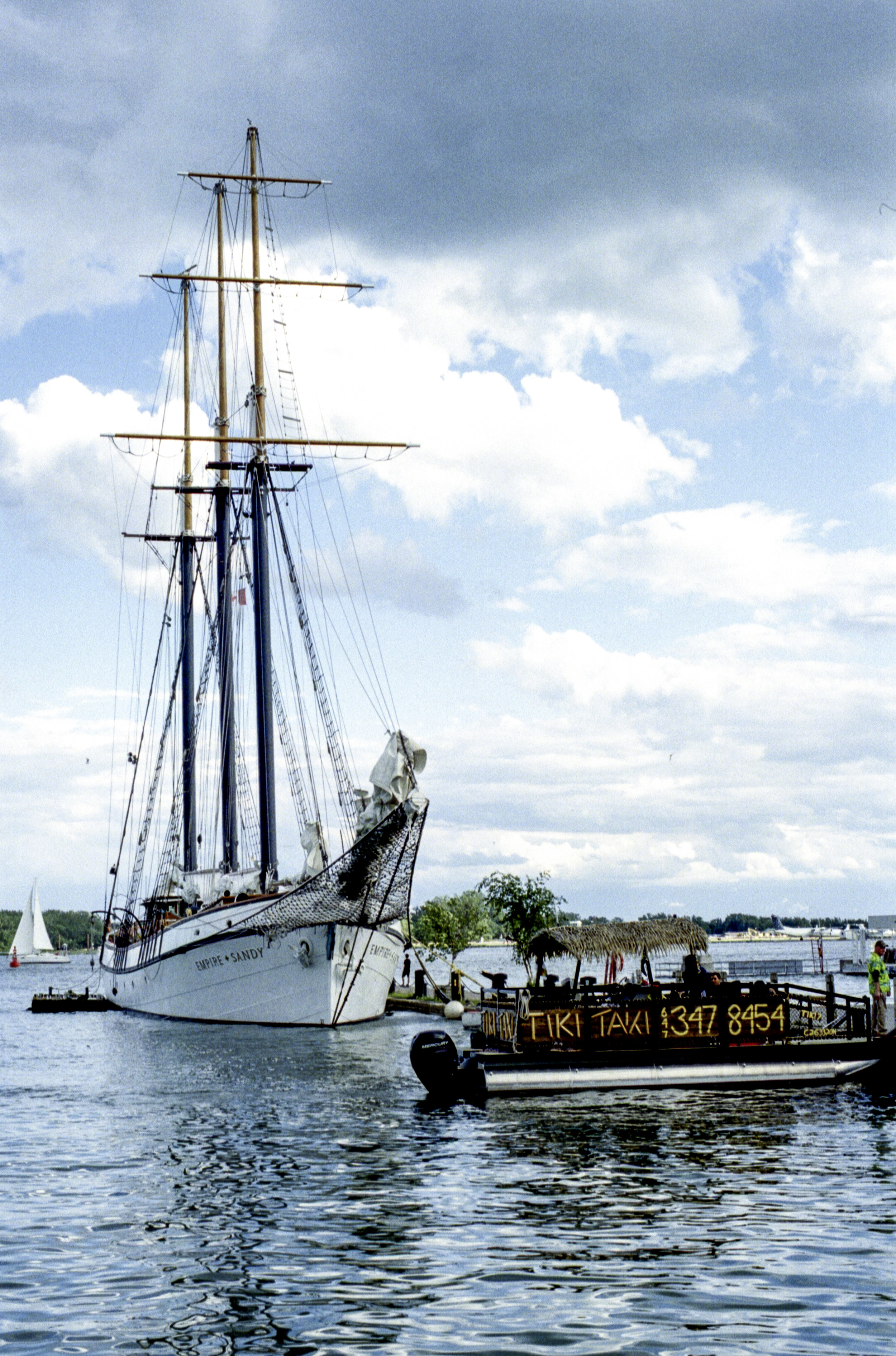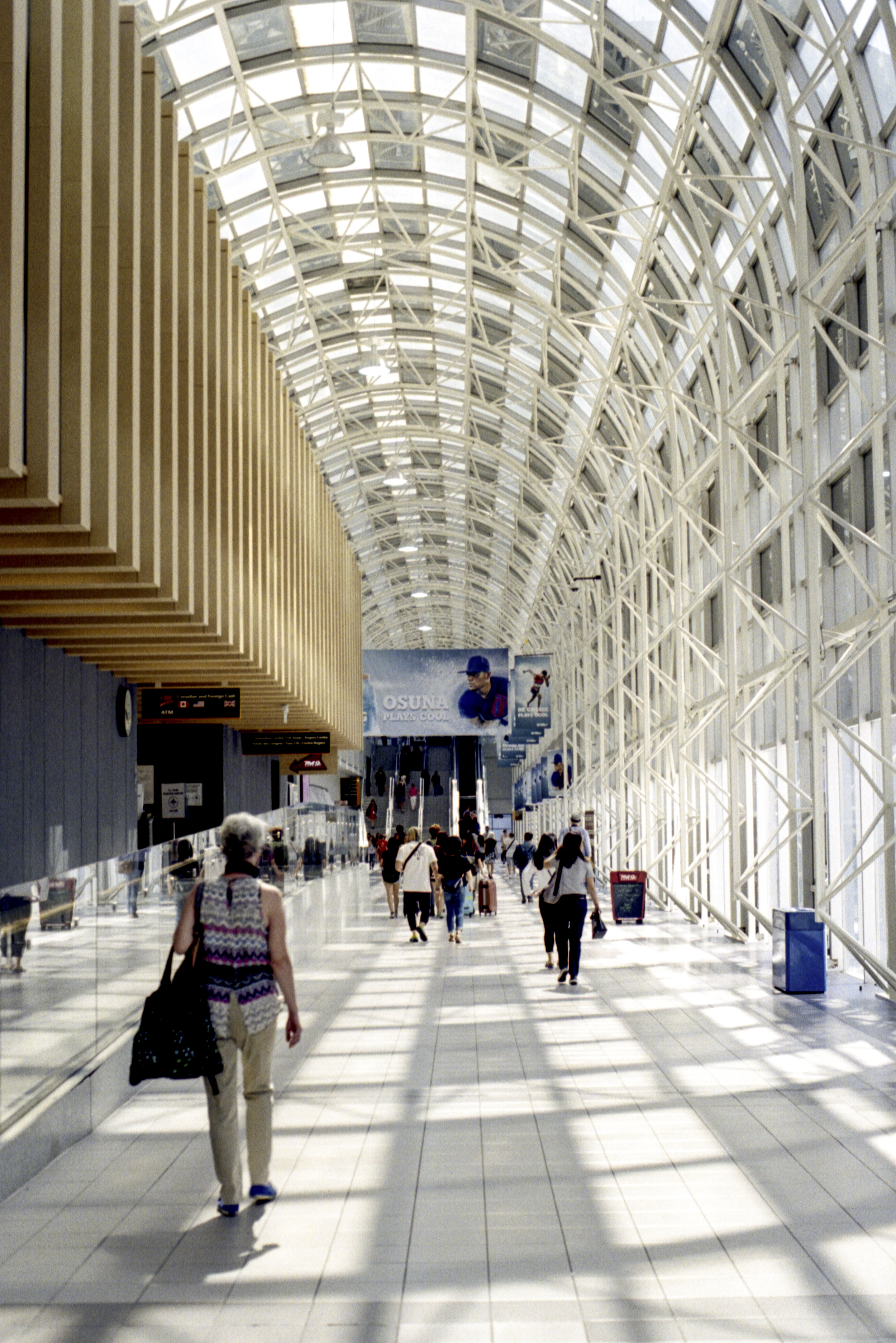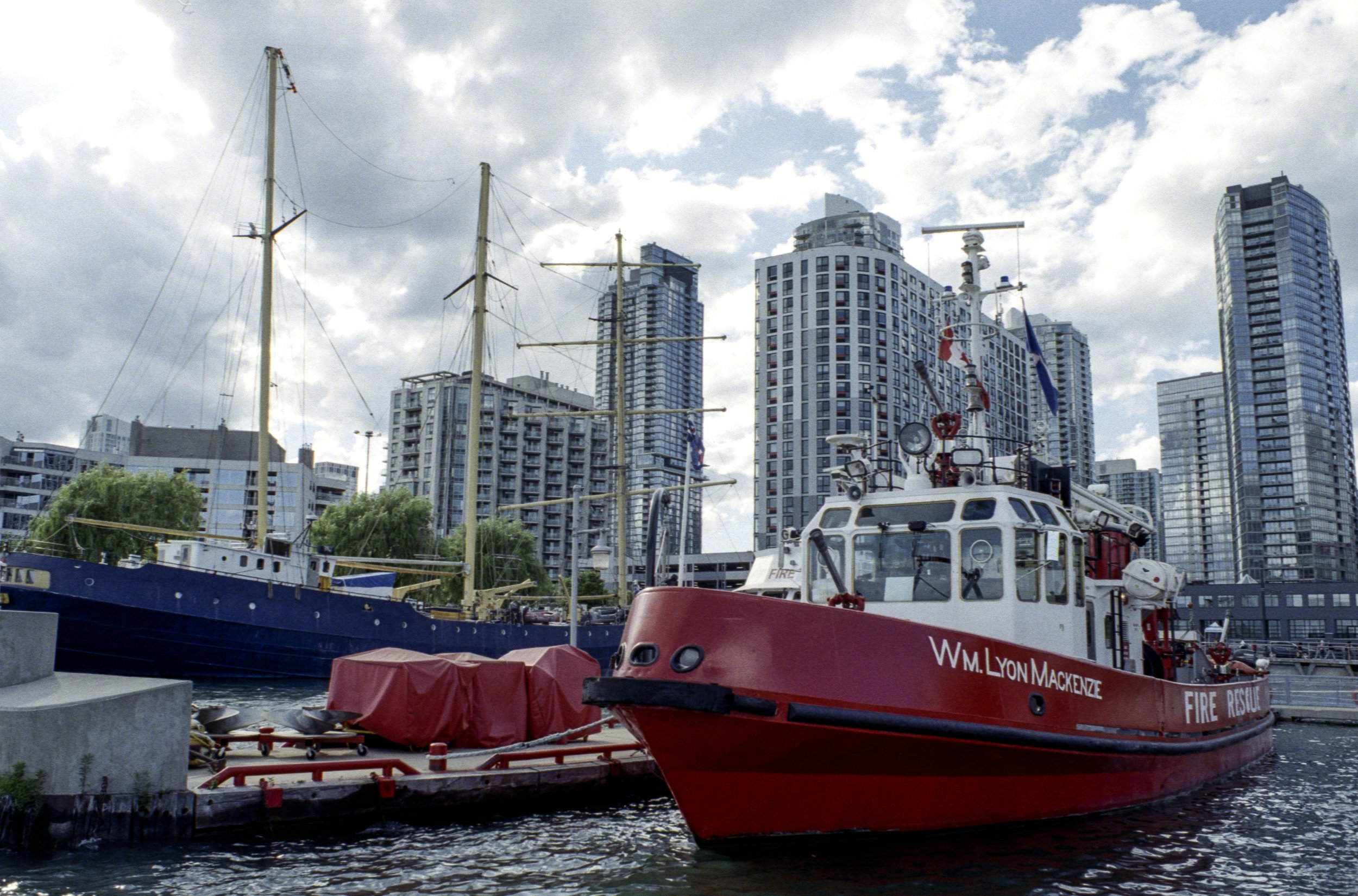I can’t quite remember when I got my first Spotmatic, it was a SP1000, screwmount version of a K1000 minus the hot shoe over a decade ago, I have my brother Alex to blame for enabling me. I later picked up an Asahi Pentax Spotmatic F from the Henry’s Clearance Centre when they were located on Queen St. in Toronto just west of the flagship store. Much later in 2013 on I grabbed a Spotmatic SP and II off Leica repair tech Dan Goldberg ‘s site when the Canadian dollar was at par.
The Spotmatic had a long run from 1964 to 1976 when Pentax introduced the K2, KX, KM, and the K1000. This camera has so much written about it, I’m not going to go too in depth because there are pages of websites, Flickr and Facebook groups devoted to the Spottie. The camera was beloved by amateur photographers; some working pros on a budget and even the Beatles were fans.
Part of the draw is Asahi Optical got the ergonomics, just right, the Spotmatic, like the earlier SV, S3, S1a fit people’s hands comfortably. The lens mount was M-42 giving you a wide selection of lenses to choose from, not just in house with the Super and later Super Multi Coated Takumar lenses but also Mamiya- Sekor, Praktica, Helios, and a whole host of third party manufacturers.
The big change came around 1971 with the Spotmatic II, which came with a stronger meter, improved film transport, and most importantly a hot shoe, replaced the SP. In the American market Honeywell introduced the IIa with an electronic eye for the Stroboman Electronic Flash. The final version the F came in the 1973 with open aperture metering with Super Multi Coated Takumar lenses, stop down metering for older and third party glass, shutter lock, and switched to the 625 battery from the PX 400.
Now Asahi optical had budget models, the SP500 which only went to 1/500 of a second, officially. Asahi was tight for cash so the 1/1000 speed was never removed, only on the dial, so you can take the camera to 11 if you need to. That was replaced by the SP1000, which is really nothing more than a K1000 minus the hotshoe and the K mount with stop down metering. I’m not going to touch the Electro Spotmatic, ES, and ESII as they deserve their own article and I don’t have any experience with them.
The Spotmatics are dear to my heart because they just feel right in the hands. They have documented family birthdays and been a regular carry around camera when shooting locally in the neighbourhood and in Toronto. I have loads of more technically superior cameras in my collection but for some reason the Spotmatics are the Beatles of cameras, quite accessible for both beginner and more experienced shooters alike. The controls fall right you want to have them with no awkward ergonomic faults like really long shutter advance throws for example.
So you would like to buy one? I have owned a SP1000 in the past, currently own a pair of SP’s, a II and a F. I say get all three, first off the bodies are cheap by and large unless they are black enamel ones, yes you will pay a bit more. When on the hunt bear in mind these cameras are between 42 and 55 years old, the meter may or may not work, you may not get the battery cover off because it was seized shut due to battery corrosion. Worst case you are using a hand held meter.
If you found a Spotmatic in decent shape and it was overhauled within the past 20 years with a working meter, you don’t have to worry about the dreaded voltage issue that older cameras have because of the 1.3v mercury batteries. Call it foresight; Asahi optical included a bridge circuit so current batteries can be used. You can use Energizer 387’s in the SP, SP500, SP1000 and Spotmatic II. Your options with the Spotmatic F are, find silver oxide 625 batteries; they do exist, or go with Energizer 357s (SR44’s) with a spacer, which can be found Ebay.
We can’t talk about Spotmatics without talking about the Takumar lenses, the flagship being the Super and later Super Multi Coated Takumar 50 f1.4 lens. I am continually amazed at the photos I get from that lens. There’s just one caveat, or maybe not if you don’t shoot colour film, the 50 f1,4 lenses have rare earth radioactive elements that do yellow over time. If you are just shooting Tri-X or Acros 100 all day, don’t worry about it, you now have a built in yellow filter. If you want to shoot colour film, you can do one of two things, switch out to the 55 f1.8 which is a more than capable lens in its own right, or wrap some aluminum foil, shiny side facing the element, and expose the lens to UV light for a couple of weeks., reversing the effect. Most Takumar lenses are accessible price wise save for the more exotic focal lengths.
Just hold a Pentax Spotmatic, you ‘ll enjoy shooting with it.
Background Reading
The Pentax Way, Eighth Edition, Herbert Keppler, Focal Press, London, New York
(1974)
From the Film Photography Project:
https://filmphotographyproject.com/content/reviews/2014/12/asahi-pentax-spotmatic/
From Photoethnography:
http://www.photoethnography.com/ClassicCameras/AsahiPentaxSpotmaticSPII.html
From The Phoblographer
http://www.thephoblographer.com/2017/06/30/vintage-camera-review-pentax-spotmatic-m42-screwmount/
Owners Manuals from Butkus.org
http://www.butkus.org/chinon/pentax/pentax_spotmatic/pentax_spotmatic-splash.htm
http://www.butkus.org/chinon/pentax/pentax_spotmatic_ii/pentax_spotmatic_ii.htm
http://www.butkus.org/chinon/pentax/pentax_spotmatic_f/pentax_spotmatic_f.htm
Connect
Bill Smith, an Ontario-based film photographer, specializes in landscape, street, architecture and portraiture. Follow Bill on Twitter or Instagram.

